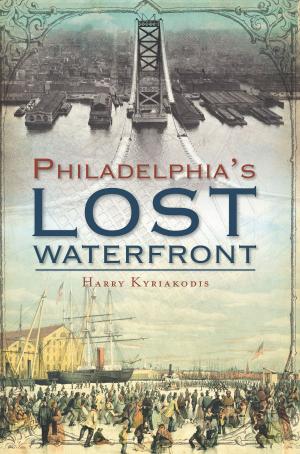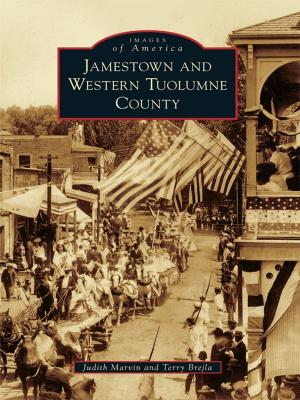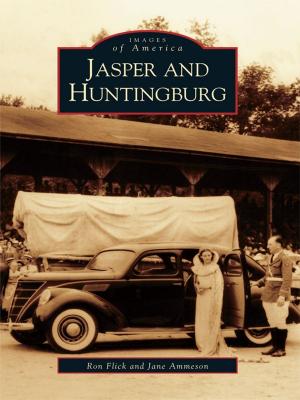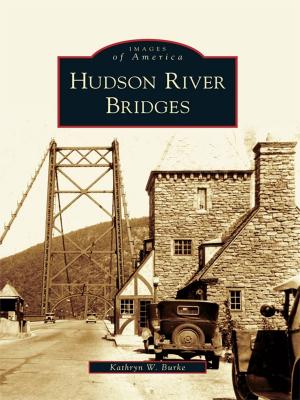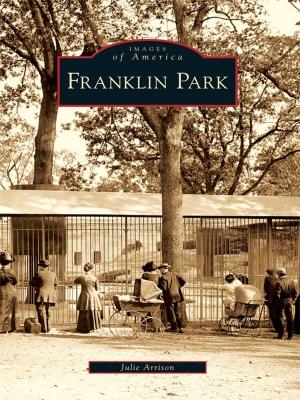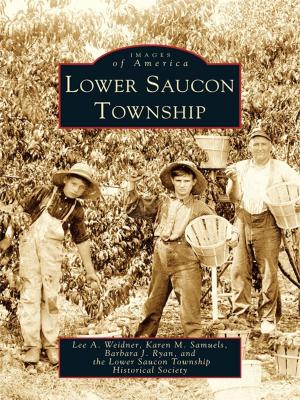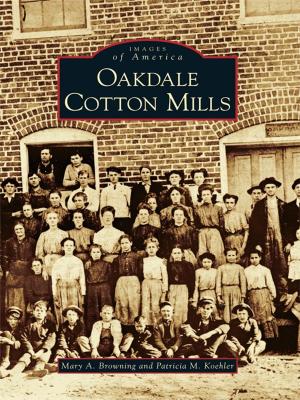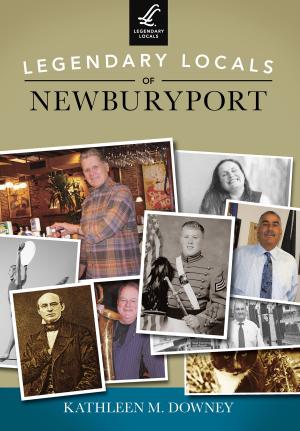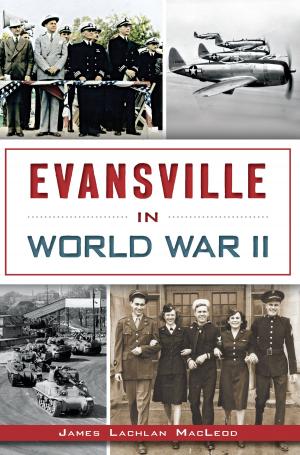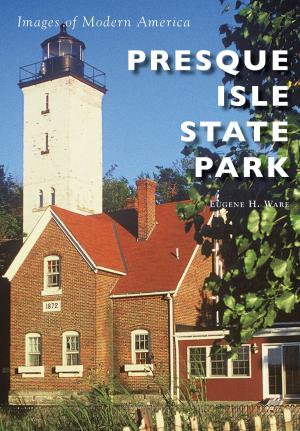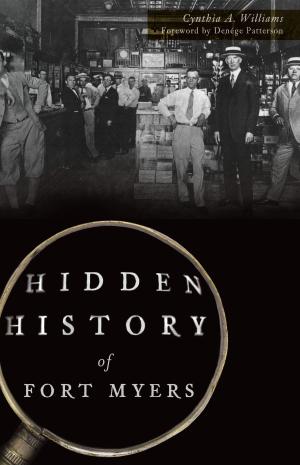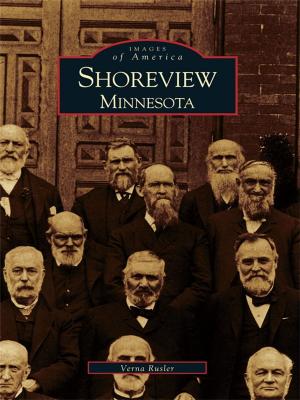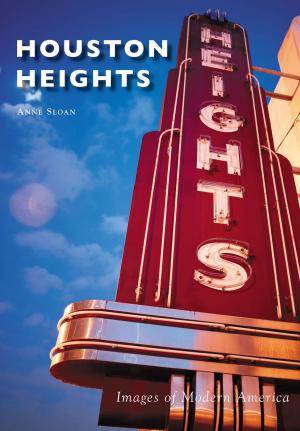| Author: | Sheryl Rambeau | ISBN: | 9781439625194 |
| Publisher: | Arcadia Publishing Inc. | Publication: | September 6, 2010 |
| Imprint: | Arcadia Publishing | Language: | English |
| Author: | Sheryl Rambeau |
| ISBN: | 9781439625194 |
| Publisher: | Arcadia Publishing Inc. |
| Publication: | September 6, 2010 |
| Imprint: | Arcadia Publishing |
| Language: | English |
At the beginning of the 20th century, historian Herman Daniel Jerrett noted that there was �no other part of the world with a placer seam formation filled with small gold-bearing veins and veinlets, so great or so crumpled, crushed and its fold mashed together, as that on the Georgetown Divide.� First a simple base and supply camp for early miners, Georgetown survived despite repeated challenges from fires and economic slumps. Now rebuilt, it offers physical proof of the hardy pioneer spirit that settled this small town in the Sierra Nevada foothills. Historic Main Street offers numerous examples of �fireproof� architectural styles, more hopeful than realistic, including the 100-foot-wide Main Street itself, unique in Mother Lode mining towns.
At the beginning of the 20th century, historian Herman Daniel Jerrett noted that there was �no other part of the world with a placer seam formation filled with small gold-bearing veins and veinlets, so great or so crumpled, crushed and its fold mashed together, as that on the Georgetown Divide.� First a simple base and supply camp for early miners, Georgetown survived despite repeated challenges from fires and economic slumps. Now rebuilt, it offers physical proof of the hardy pioneer spirit that settled this small town in the Sierra Nevada foothills. Historic Main Street offers numerous examples of �fireproof� architectural styles, more hopeful than realistic, including the 100-foot-wide Main Street itself, unique in Mother Lode mining towns.

